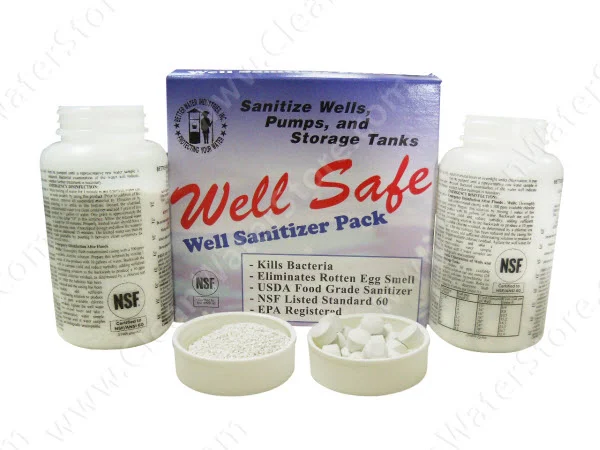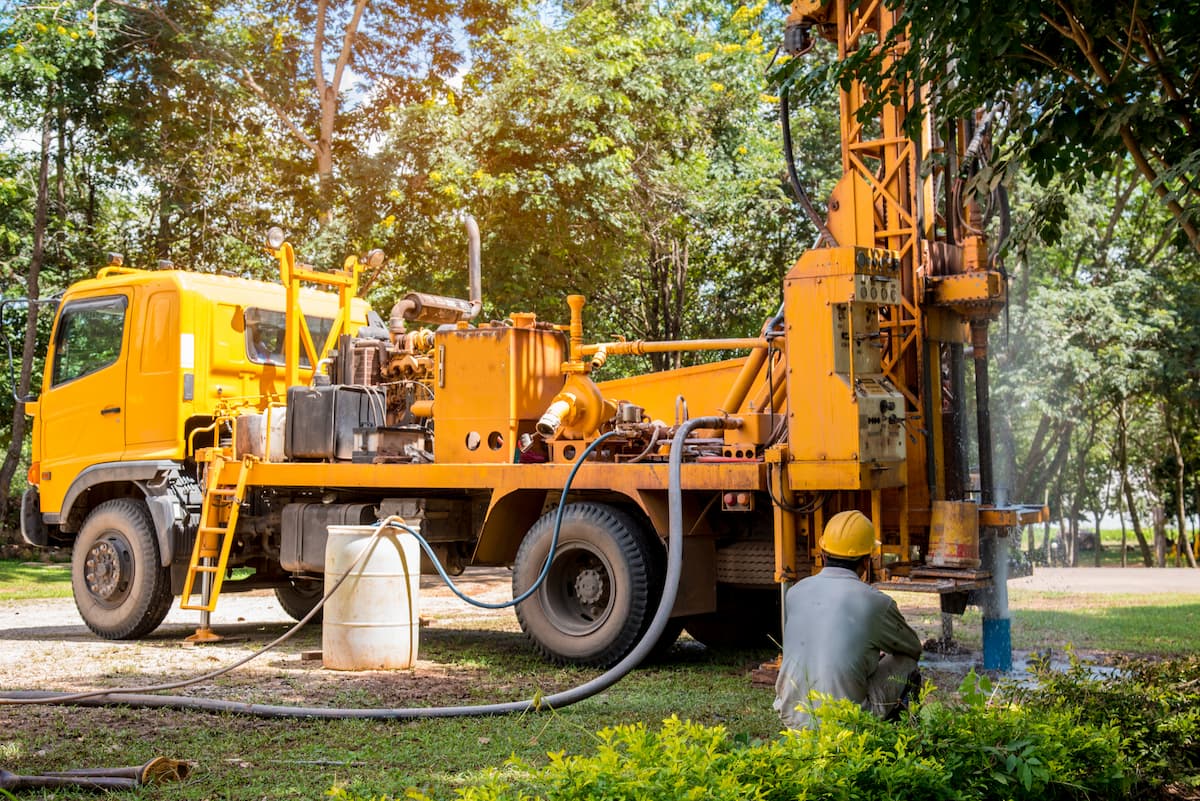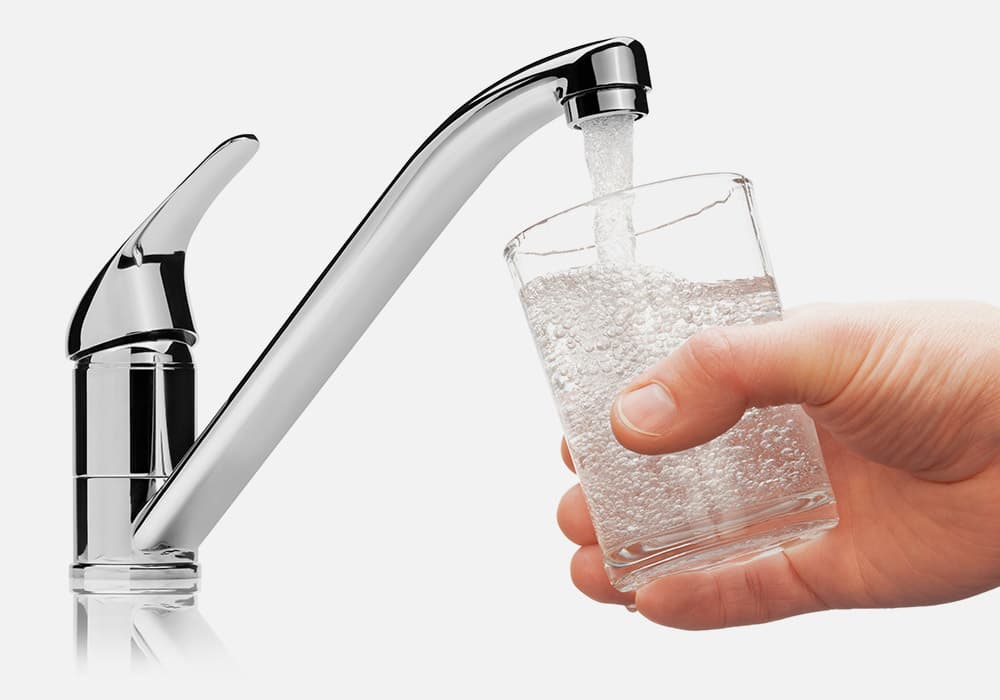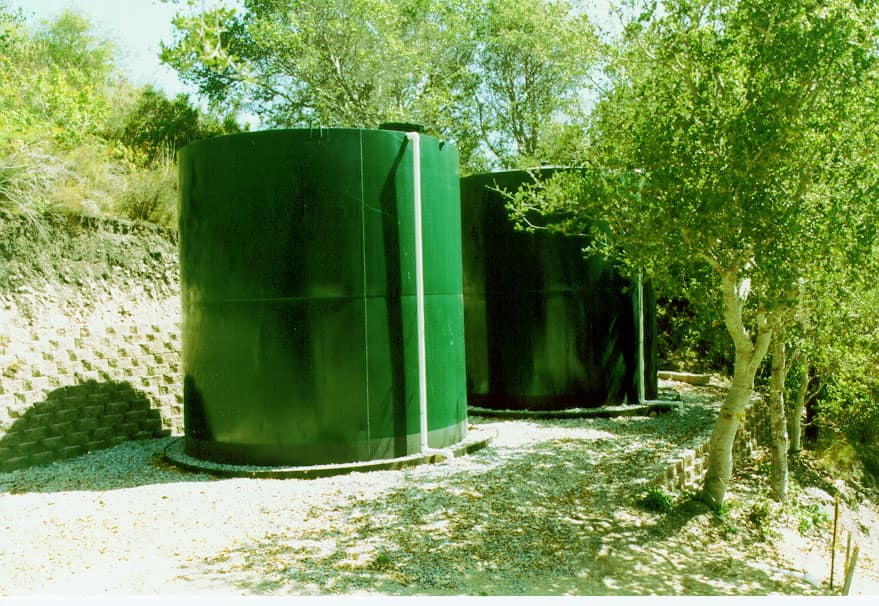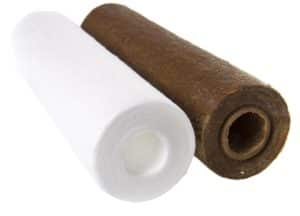Testing Well Water
I have well water, what should I test for and how often should I have it tested?
This is a common question we often are asked. Which tests you decide to get done on your well water depends on your goals and if you are interested primarily in health related contaminants that might be present, or are more interested in finding out about aesthetic issues such as stains or odors.
There are a large number of water testing labs and well water test kits on the market for the home water well owner. If you already know your water is safe but are attempting to solve a specific well water problem such as staining, odors or perhaps corrosion there are some outstanding home well water test kits now available to analyze your water in the comfort of your home and get instant results.
So why Must I Analyze My Well Water?
Public community water systems always test their water supplies regularly to be certain the water is safe to consume. However there's often no requirement to test private water wells except when it's first drilled or the pump is changed. The fact is, that you are in charge of making sure your own water is safe.
Most private wells provide a clean, reliable supply of water; nonetheless, contaminants can pollute private wells, and regrettably you can't see, smell or taste most of them. As a result, you need to analyze your well water on a regular basis. The final decision on what to test your water for should be dependent on the types of land uses in close proximity to your well.
What Tests Should Be Carried Out?
A standard mineral analysis including nitrate plus coliform bacteria is a good place to begin. In the event that your home is close to service stations, industry, farming areas or possibly a major freeway you would also want to test for organic compounds, heavy metals, pesticides and herbicides as well. A general mineral analysis and bacteria should be performed once a calendar year or in the event your water changes in physical appearance suddenly. This type of test can be accomplished with a well water test kit or a laboratory test.
General Minerals
A general mineral test would include calcium, magnesium, chloride, nitrate, potassium and sodium along with metals such as iron and manganese. If you're encountering stains or sediment, a general mineral analysis will tell you what is causing the problem. If the water contains a funny taste or odor a general mineral analysis with bacteria will often let you know what is causing the condition. These tests show if the water will be corrosive to piping, or form mineral scale in your pipes, and the levels of minerals and salts. If you are experiencing difficulty with color in the water or brown staining supplemental tests for tannins is usually recommended.
Coliform Bacteria
Coliform bacteria are living in soil, on plants and flowers and in surface water. Coliform
bacteria are found in the intestines of warm-blooded animals and their feces are known as E.coli. A number of strains of coliform bacteria can easily survive for long periods in soil and water and can be transported into well casings by insects. Coliform bacteria are the most common contaminants seen in private water systems. Non-public wells really should be tested at least once a year for bacteria. However, bacteria are merely one of many potential contaminants.
Lead and Copper
Checking for lead and copper should be performed on water which has been dormant in the distribution piping for no less than 6 hours. This is referred to as a “first draw” water sample. In the event that lead and copper levels are excessive due to water pipes, they can usually be diminished to acceptable levels by flushing the faucet for just a few minutes prior to using water for consuming. Of course this is not a solution to the problem of pipe corrosion, but in the short term you can minimize health risks of drinking water high in metals from corroding pipes, by allowing the water to run for several minutes before drinking it.
Nitrate
Nitrate forms when nitrogen from fertilizers, animal wastes, septic systems, municipal sewage sludge, decaying vegetation and other sources combines with oxygenated water. In babies less than 6 months old, nitrate exposure can cause a serious condition called methemoglobinemia or blue-baby syndrome. Infants with this condition need urgent medical assistance because it can lead to coma as well as death.
Check for nitrate in cases where a pregnant woman or baby is going to be drinking the water. Everyone ought to have their water tested for nitrate at least once. If you live in an area within a mile of a corn, soybean or vegetable field, you should test your water for nitrate regularly. Well owners should also check for nitrate regularly if their well is located near a location where fertilizers are produced; or animal feed lots.
Solvents, Gas and Oil
House-hold and industrial solvents, gasoline and fuel oil are examples of volatile organic chemicals known as VOCs. A number of VOCs tend to be relatively non-toxic, while some can cause cancer, birth defects and reproduction problems. Fuel oil and gasoline can easily enter into groundwater as a result of a seeping storage tank or perhaps an old oil spill. Wells that are located within ?mile of any active or abandoned gasoline station, house or farm fuel tank or bulk storage tank have about an increased possibility of being contaminated and should be tested at least once for VOCs.
Paint thinners, dry cleaning chemical compounds and industrial solvents can enter well water from spills, improper disposal, leaking storage tanks and landfills. Wells that are located close to a landfill, dry cleaner, auto repair shop or possibly industrial sites where solvents have been used ought to be analyzed for VOCs.
Pesticides and Herbicides
Pesticides are chemicals used to control weeds as well as insect pests. Some of these now have moved into groundwater on account of their use on farm fields. Others have been discovered in groundwater due to spills and unacceptable disposal. Long-term use of drinking water which contains pesticide residues may increase your likelihood of acquiring cancer and other severe medical problems.
If your well is situated close to corn, soybean or vegetable fields, you should test your well water at least annually for harmful pesticides and herbicides. You should also consider a pesticide test if the well near where pesticides are manufactured or stored. Well owners who happen to be unclear about the utilization of pesticides or herbicides in their area may also want to think about getting their water analyzed at least one time for these contaminants.




